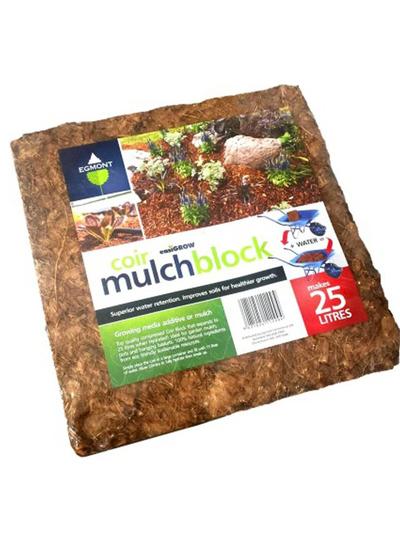
If you're looking to add something unique and exciting to your garden or kitchen, look no further than the finger lime. Known for its distinctive elongated shape and caviar-like interior, this native Australian citrus fruit is quickly gaining popularity among gardeners and chefs. With its tangy citrus burst, finger limes elevate everything from seafood dishes to cocktails. Whether you're growing them in the garden or a pot, these fruits are a feast for the taste buds and add a touch of elegance to any space. Read on to discover how to grow and care for finger limes and how you can use them in your culinary creations.
Position
Finger limes thrive in full sun and should be planted in well-drained, slightly acidic soil. They prefer warm, frost-free areas, so choose a sheltered spot with plenty of sunlight throughout the day. A pot is a great option for growing finger limes if you don't have space in the garden or want to control their growth. In colder areas, consider growing them in a greenhouse or bringing them inside during winter to protect them from frost.
Prepare Soil
Garden: Work compost into the soil to improve its texture and provide essential nutrients for planting. Finger limes prefer slightly acidic soils, so add some peat or sulphur if your soil is too alkaline. Ensure the site has good drainage to avoid waterlogging, which can damage the roots.
Pots: When growing in pots, choose a well-draining potting mix. Ensure your pot has good drainage holes to prevent excess water from accumulating, which can cause root rot. Using a potting mix designed for citrus or other fruiting plants will help provide the right balance of nutrients.
Feed
Garden: In early spring, feed finger limes with a balanced, slow-release fertiliser to promote healthy growth and fruit production. A liquid fertiliser with higher potassium levels in summer will encourage more fruiting. Always follow the fertiliser manufacturer's instructions for the correct amount.
Pots: For potted finger limes, use a citrus-specific fertiliser designed for container-grown fruit trees. Apply a slow-release fertiliser in spring and top up with a liquid fertiliser every 4-6 weeks during the growing season. Be careful not to over-fertilise, which can lead to excessive leaf growth and fewer fruits.
Watering & Mulching
Finger limes are relatively low maintenance but require consistent moisture, especially during dry spells. Water deeply once a week during the warmer months to ensure the soil is well-hydrated but not waterlogged. Use a drip irrigation system or overhead sprinklers to avoid wetting the fruit directly, which can cause diseases.
Mulching around the base of the plant with organic mulch, such as bark or straw, helps to retain moisture, regulate temperature, and suppress weeds. A layer of mulch will also keep the roots cool and protect them from extreme temperatures.
Protection
Finger limes are sensitive to frost, so protecting them during the colder months is essential. Move potted plants indoors or place them in a greenhouse in regions with frost. Cover those planted in the ground with frost cloth during the coldest nights to prevent damage to the fruit and leaves.
Harvest
Finger limes typically fruit all year round, but their heaviest crops occur in summer, from January to March. Harvest the fruit when fully ripe, when the skin changes colour and becomes slightly soft. Carefully cut or twist the fruit from the tree to avoid damaging the plant. Additionally, finger limes are thorny plants, so wear gloves and thick clothing when harvesting to avoid injury from their sharp spines. Regular pruning can help manage their growth and make harvesting easier.
Garden Expert Tip
Finger limes have a unique flavour and texture, making them an excellent addition to any garden or kitchen. Use the lime caviar in gourmet dishes like seafood salads, cocktails, and desserts to get the most out of your fruit. You can also add the vesicles to salsas, sauces, and dressings for a tangy citrus burst. Remember, your tree may take up to 5 years to start fruiting in New Zealand, so patience is key! In the meantime, enjoy the beauty of this unique and attractive citrus plant in your garden.













